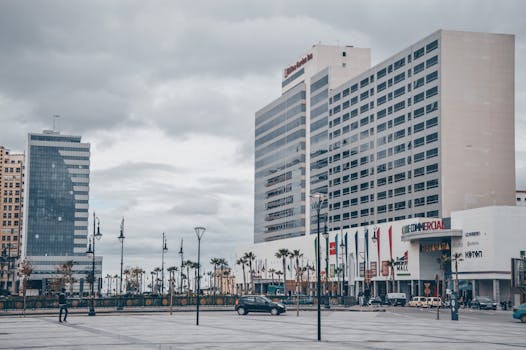
The Rise of Fiber Companies in Africa: Connecting a Continent – Fiber Optics and Connectivity
The Rise of Fiber Companies in Africa: Connecting a Continent – Fiber Optics and Connectivity is revolutionizing the way people live, work, and communicate. With the rapid growth of fiber companies, Africa is finally getting the internet connectivity it deserves. In this article, we will explore the rise of fiber companies in Africa, their impact on the continent, and the future of internet connectivity.
Introduction to Fiber Optics in Africa
Fiber optics has been around for decades, but its adoption in Africa has been slow due to various challenges such as lack of infrastructure, high costs, and regulatory hurdles. However, in recent years, there has been a significant increase in the deployment of fiber optic cables across the continent. This has been driven by the growing demand for high-speed internet, the need for reliable and efficient communication networks, and the availability of affordable technology.
Today, fiber optic cables cover over 1 million kilometers of Africa’s landscape, connecting major cities, towns, and villages. This has enabled millions of people to access the internet, communicate with each other, and access various online services such as education, healthcare, and financial services.
The Impact of Fiber Companies on Africa’s Economy
The rise of fiber companies in Africa has had a significant impact on the continent’s economy. The deployment of fiber optic cables has created thousands of jobs, both directly and indirectly, and has stimulated economic growth. According to a report by the African Development Bank, the ICT sector in Africa has grown by over 10% in the past decade, with the fiber optic sector being a major contributor to this growth.
Fiber optic connectivity has also enabled businesses to operate more efficiently, communicate with customers and suppliers, and access new markets. This has led to an increase in trade, investment, and economic growth. In addition, fiber optic connectivity has enabled the growth of e-commerce, online education, and telemedicine, which have improved the quality of life for millions of Africans.
Challenges Facing Fiber Companies in Africa
Despite the progress made in deploying fiber optic cables, there are still several challenges facing fiber companies in Africa. One of the major challenges is the lack of infrastructure, particularly in rural areas. The cost of deploying fiber optic cables in these areas is high, and the returns on investment are low, making it unattractive to investors.
Another challenge is the regulatory environment. Many African countries have unclear or outdated regulations, which make it difficult for fiber companies to operate. In addition, the lack of competition in the fiber optic sector has led to high prices and poor services, which have hindered the adoption of fiber optic connectivity.
Conclusion and Future of Fiber Optics in Africa
In conclusion, the rise of fiber companies in Africa is transforming the continent’s internet landscape, connecting millions of people and driving economic growth. However, there are still several challenges facing fiber companies, including the lack of infrastructure, regulatory hurdles, and high costs. To address these challenges, governments, investors, and fiber companies must work together to create an enabling environment for the deployment of fiber optic cables.
The future of fiber optics in Africa is bright, with many countries investing heavily in the deployment of fiber optic cables. According to a report by the ITU, the number of fiber optic connections in Africa is expected to increase by over 50% in the next five years, driven by the growing demand for high-speed internet and the availability of affordable technology.



